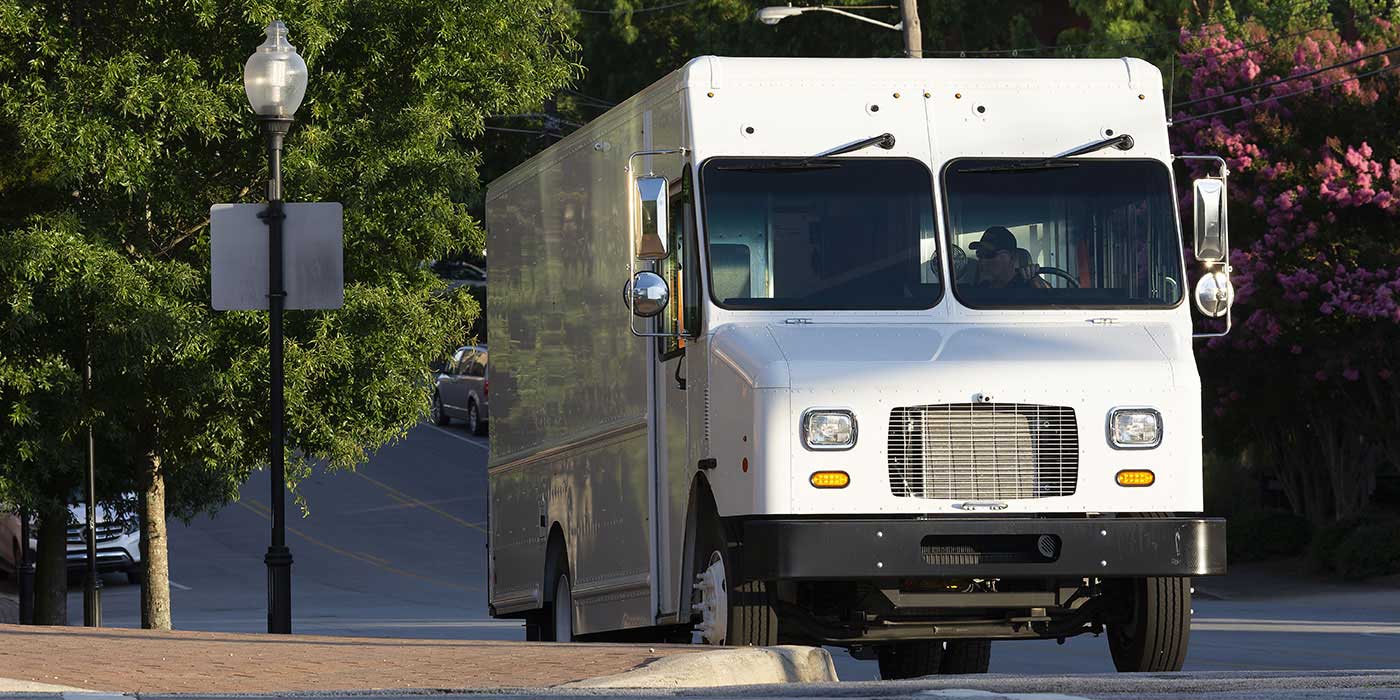Experts say that if a football field-sized meteor hit our little planet, the resulting cataclysm would pretty much end all life as we know it. Giant dust storm blots out the sun, temperatures fall, nothing grows®ƒyou know the story.
Did you ever wonder what would happen if an equally large unheavenly body unexpectedly crashed to earth?
Like, say, Wal-Mart?
So, what would happen if Wal-Mart crashed and burned? Business Week recently presented some often-not-seen details about America’s favorite place to shop, suggesting the far-reaching devastation probable should the Beast of Bentonville implode.
As consulting firm Retail Forward suggests, "If Wal-Mart ever stumbles, we’ve got a national security problem on our hands. They touch almost everything. If they ever really went into a tailspin, the dislocation would be significant and traumatic."
Think that’s a little over the top? Consider these facts:
®′ With estimated 2003 sales of $282 billion, Wal-Mart is the world’s largest retailer, three times the size of number two, France’s Carrefour. At its current 15% annual growth rate, Wal-Mart sales will hit $600 billion by 2011.
®′ Each week, some 138 million people visit Wal-Mart’s various 4,750 stores. Eighty-two percent of American households made at least one purchase at a Wal-Mart store last year.
®′ Though Wal-Mart and its willing tire suppliers won’t reveal the numbers, by our most conservative estimate, Wal-Mart sold between 35 and 40 million tires in 2003. That’s 18% to 21% of all replacement consumer tires shipped ®“ an entire year’s production for four good-sized tire plants.
®′ In the U.S., Wal-Mart commands a 30% marketshare in household staples like toothpaste, shampoo and paper towels, and some experts suggest that share could reach 50% by 2010.
®′ Wal-Mart is the single largest outlet for CDs, DVDs and videos, with 17% of all retail sales.
®′ Wal-Mart controls huge shares of business done by nearly every major consumer-products company ®“ 28% of Dial, 24% of Del Monte, 23% of Clorox products and 23% of Revlon.
®′ Wal-Mart is the nation’s largest grocer (20% share), and the third largest pharmacy (16%). With plans to open 1,000 new supercenters in the U.S. by 2008, it will control 35% of all U.S. food sales and 25% of drugstore sales.
®′ Wal-Mart imported $12 billion in goods from China in 2002 ®“ which accounted for 10% of all U.S. imports from that country.
®′ Wal-Mart wields such power in Washington that its lobbyists are involved in drafting the country’s foreign trade policies, opposing import tariffs and quotas and promoting free-trade pacts with Third World nations.
Seeing the writing on the wall, dozens of towns have tried every zoning trick in the book to keep Wal-Mart out of their burgs, often to no avail. Why? Despite claims that its presence increases tax revenue and employment in every town it inhabits, studies show the complete opposite. Its low-ball pricing drives so many local businesses under that unemployment increases instead, which means lower income tax revenue. And because the average Wal-Mart worker is paid far below the levels of other businesses, towns get a double tax whammy.
To gain new sites, Wal-Mart is now pulling out all the stops, appealing directly to voters ®“ their shoppers ®“ in an effort to bypass local governments.
Don’t worry, the walls aren’t crumbling yet. But a few chinks are showing. Unions are going hard after Wal-Mart workers, who, on average, made $8.23 an hour in 2001, well below that year’s $14,630 federal poverty line for a family of three. And there are more than 40 sex-discrimination and forced overtime lawsuits.
Shoppers are oblivious to the impact Wal-Mart has on the global economy. After all, it’s all about price, and its ruthless drive for low prices directly saved Americans some $20 billion in 2002, according to Business Week.
But biggest is not always best ®“ or the healthiest ®“ a lesson some in this industry should learn before it’s too late.
Retailing goes in cycles, history says, leaving the uncompetitive in the dustbin. Giants like Montgomery Ward, Kmart, A&P, Sears, May, JC Penney, Gold Circle either disappeared or downsized because they couldn’t keep up with the "next great thing."
Sooner or later, Wal-Mart will face the same fate.
And with so many companies, industries and even countries so beholden to it, we may wish it was an asteroid that hit the earth instead.













